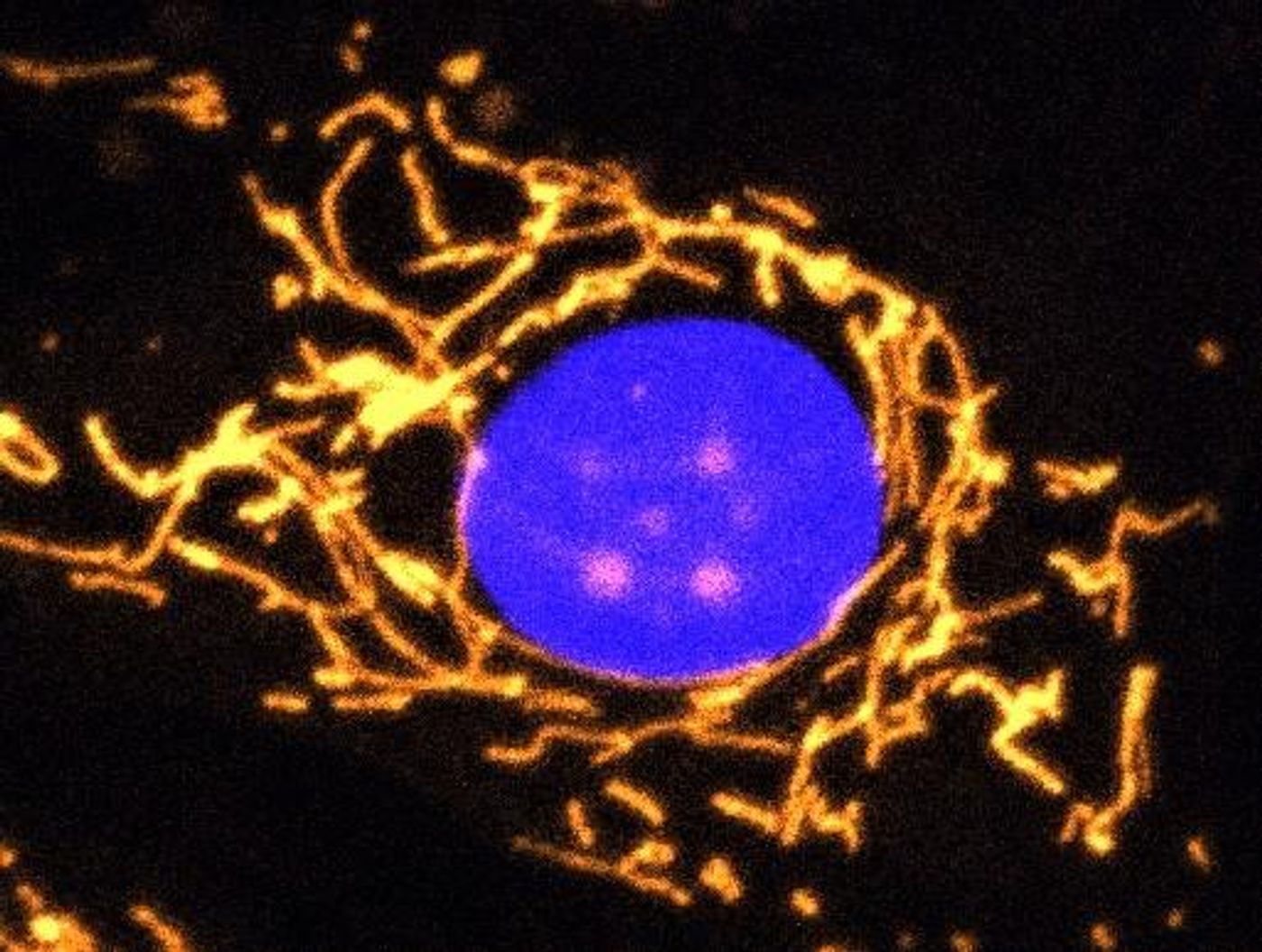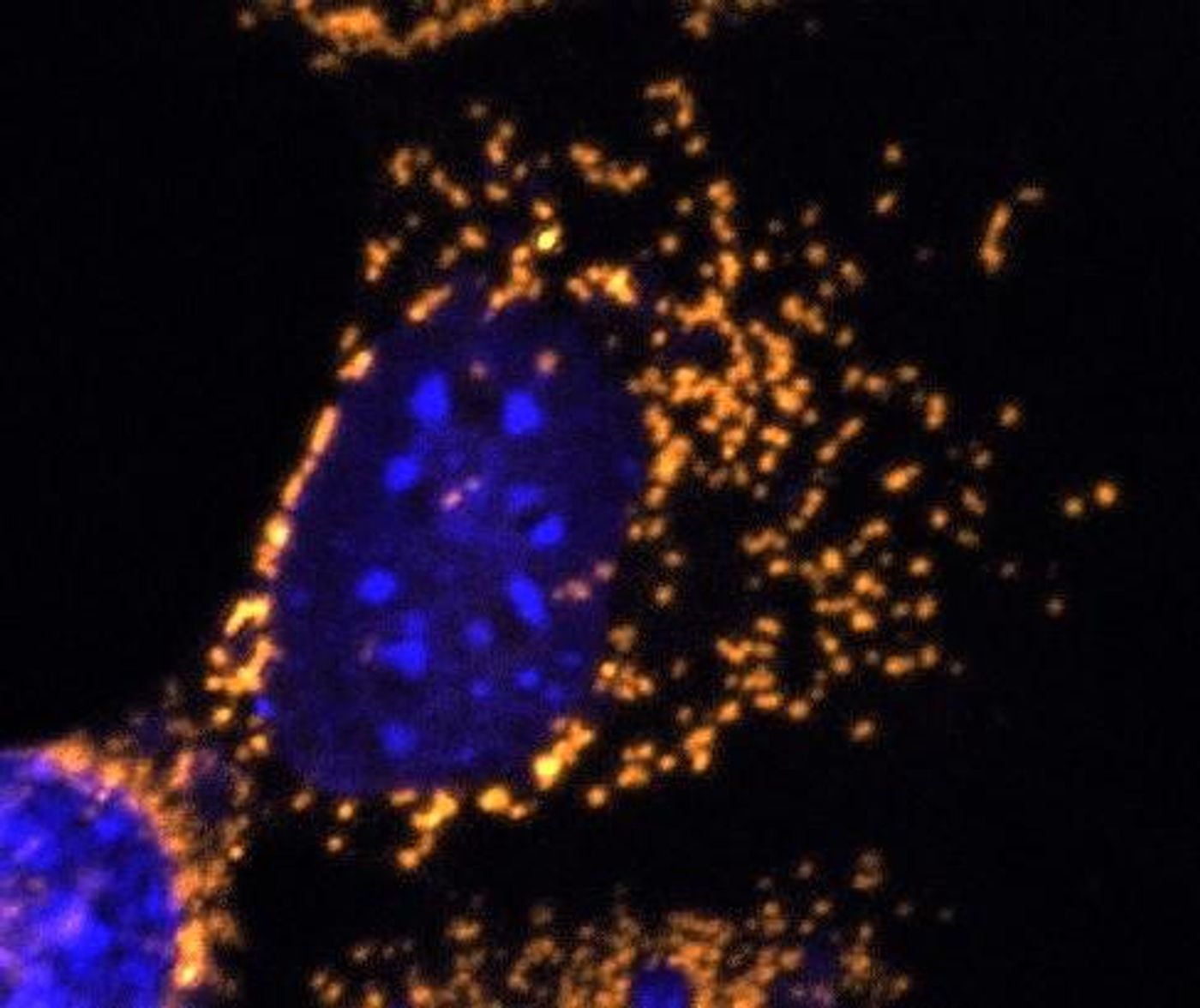Gene Therapy for Eye Disorder May Have Other Applications
In recent years, scientists have been able to develop gene therapies to treat some eye diseases. The eyes are uniquely qualified as good gene therapy candidates; they are very easy to access compared to most organs, and they don't mount much of an immune response against foreign substances like grafts or gene therapy vectors. Now researchers have created a gene therapy for an eye disease called dominant optic atrophy (DOA). The work has been reported in Frontiers in Neuroscience.
DOA usually affects people in early adulthood and is characterized by optic nerve degeneration. It causes a progressive loss of vision, including color vision defects. The severity of vision loss can vary from one patient to another. Symptoms tend to get worse as time goes on and some patients may become blind. Right now, there are no treatments or preventive medications for DOA, which affects as many as one in 50,000 people worldwide.
DOA is caused by mutations in a gene called OPA1. The OPA1 protein is crucial for the function of mitochondria, cellular organelles that act as power generators. Mutations in OPA1 cause mitochondrial dysfunction, which leads to the symptoms of the disorder.
In this work, the researchers tested the gene therapy in a mouse model; it successfully maintained visual function by targeting the dysfunctional mitochondria and helping to restore them. The strategy also worked in a human cell culture model, which suggests that it could also help patients.
"We used a clever lab technique that allows scientists to provide a specific gene to cells that need it using specially engineered non-harmful viruses. This allowed us to directly alter the functioning of the mitochondria in the cells we treated, boosting their ability to produce energy which in turn helps protects them from cell damage," explained study co-leader Dr. Daniel Maloney, Research Fellow at Trinity College Dublin.
"Excitingly, our results demonstrate that this OPA1-based gene therapy can potentially provide benefit for diseases like DOA, which are due to OPA1 mutations, and also possibly for a wider array of diseases involving mitochondrial dysfunction."
Because mitochondrial dysfunction has also been implicated in a range of other diseases, including Alzheimer's and Parkinson's, this work could aid in the development of treatments for other disorders.
"We are very excited by the prospect of this new gene therapy strategy, although it is important to highlight that there is still a long journey to complete from a research and development perspective before this therapeutic approach may one day be available as a treatment," noted study co-leader Professor Jane Farrar, a Research Professor at Trinity's School of Genetics and Microbiology. She is featured in the video.
"OPA1 mutations are involved in DOA and so this OPA1-based therapeutic approach is relevant to DOA. However mitochondrial dysfunction is implicated in many neurological disorders that collectively affect millions of people worldwide. We think there is great potential for this type of therapeutic strategy targeting mitochondrial dysfunction to provide benefit and thereby make a major societal impact. Having worked together with patients over many years who live with visual and neurological disorders it would be a privilege to play a role in a treatment that may one day help many."
Sources: AAAS/Eurekalert! via Trinity College Dublin, Frontiers in Neuroscience










